Types of gaskets between the cistern and the toilet
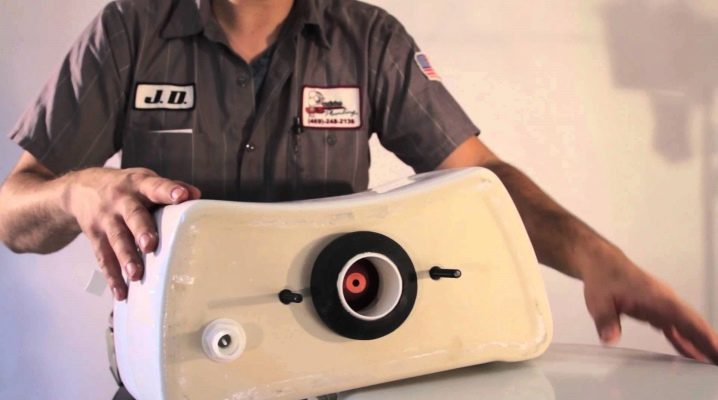
When installing a toilet, it is difficult to do without such, at first glance, insignificant, but at the same time necessary element, such as a gasket. This part is the link between the cistern and the toilet, it makes the connection tight.
When buying a gasket, it is important to make the right choice of the product. To do this, you need to know what types of gaskets exist between the cistern and the toilet.


What are gaskets for?
The toilet bowl and cistern should become a single system after the installation of a hygiene device in the sanitary area. This is the only way to avoid leaks and other unpleasant moments associated with plumbing. Everything should function smoothly and clearly. This can be achieved by using a special gasket. Such a product serves for a long time (for several years), and after wear it can be easily replaced.
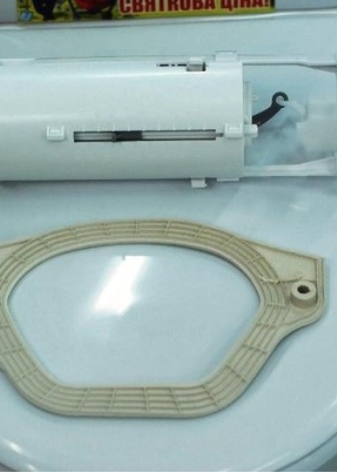

The value of the gasket is difficult to overestimate; when installed between the toilet bowl and the cistern, it provides:
- creation of one well-coordinated system "toilet bowl";
- tightness of the connection of these elements;
- organization of a soft, elastic insert between two touching ceramic parts;
- elimination of leakage problems between the cistern and the toilet.
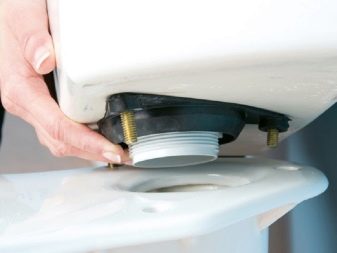
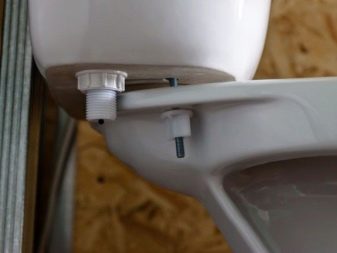
The main requirement for the gasket is its full compliance with the type of bowl and cistern. Only in this case will she be able to perform the above functions.
Over time, this seal loses its elasticity., cracks, dries up and begins to let water through - these characteristics are signs of the need to replace it. Do not be upset - you can replace the gasket with your own hands, without the help of an experienced plumber.
The price for this product is also low, so you just need to decide on the appropriate type of gasket and study the sequence of installation work.
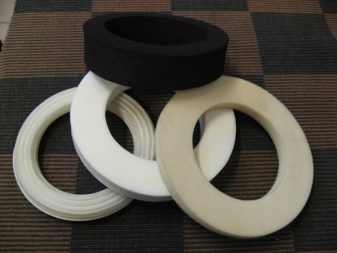
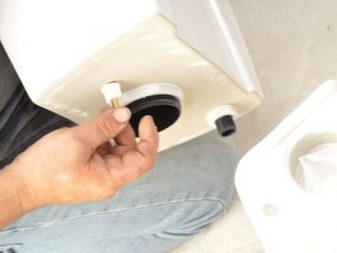
Views
If there is a suspicion that the gasket has become unusable, then you should remove the tank and make sure that there is indeed damage. Situations may arise when the seal simply moved from its place, as a result of which a leak appeared. In this case, you just need to fix the gasket and check its tightness.
If a replacement is necessary, then you need to remove the deteriorated gasket and take it with you to the store. Thus, the shape, size and diameter of the gasket can be easily matched.
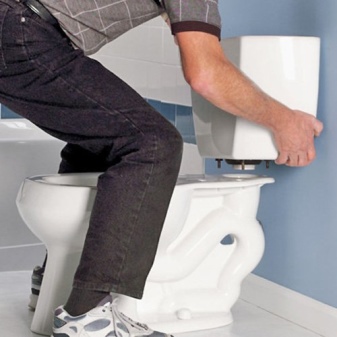

These seals, depending on the material of manufacture, are of several types.
- Rubber. The most popular and inexpensive parts.
- Silicone. They have good elasticity and are more expensive sanitary products.
- Polyurethane. The most expensive products in their segment. The high cost is due to its durability, shape invariability and elasticity.

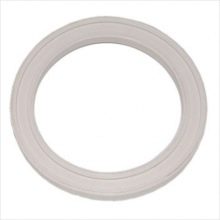

Seals also vary in shape and form.
On sale you can find consumables that are called:
- conical;
- round;
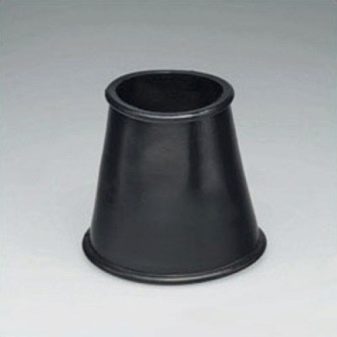
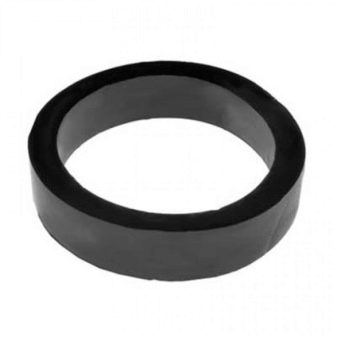
- trapezoidal;
- oval, etc.
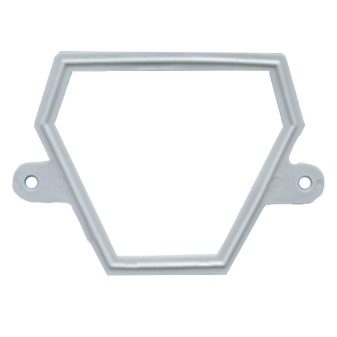
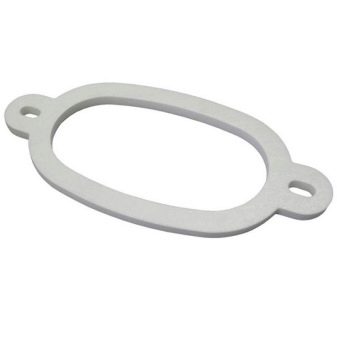
There are cistern gaskets that are only configured to seal the intake.
The country of origin can also make significant differences between products.
So, domestic gaskets have a significant disadvantage - their quality leaves much to be desired. Nevertheless, as evidenced by customer reviews, you can find pretty good products.
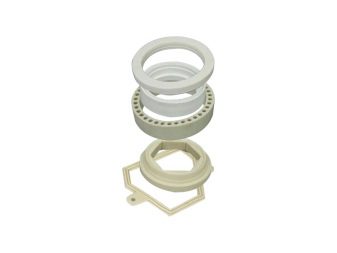
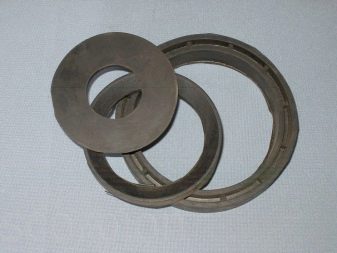
Imported seals, due to strict control, have better quality and longer service life. However, it is worth remembering that the cost of these elements is an order of magnitude higher than domestic ones.
In the process of choosing a toilet lining, experts advise you to test the product to determine the degree of its elasticity. It often happens that seals are stored in warehouses for a long time, the rules for their storage are violated, which leads to the fact that the products dry out and lose their original properties.
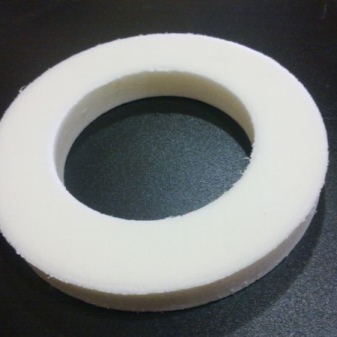
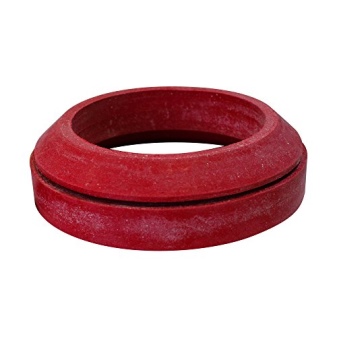
First aid
Since gaskets are most often made from rubber, there are many doubts about their durability. It is no secret that with constant contact with moisture, rubber products gradually lose their elasticity, harden, and begin to crack. And even small cracks can get water, which is the first reason for damage to the gasket.
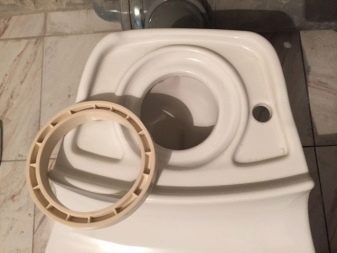
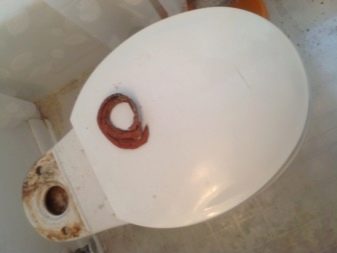
It is possible to understand that the seal has fallen into disrepair on several grounds.
- Liquid appears on the toilet floor. If the liquid has nothing to do with the formation of condensation on the toilet cistern in the winter season, as well as the leakage of the valve, then this is a leak due to the inadequacy of the gasket.
- Visual inspection of the seal showed obvious damage. To carry out this operation, you must completely remove the cistern from the toilet. If no visible damage is found during inspection, feel the gasket. If the part is too rigid, it is better to replace the seal.
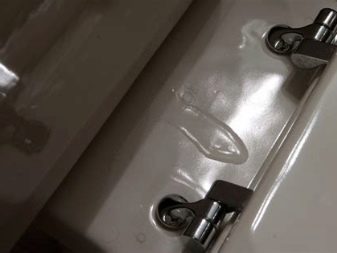

How to replace?
It is not difficult to replace the gasket; even an inexperienced person who is far from installing plumbing products can handle this process. One has only to remember some of the subtleties of the procedure, which, depending on the location of the toilet tank, may differ.
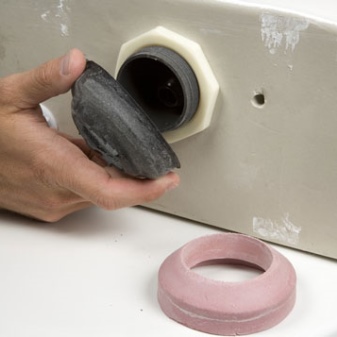
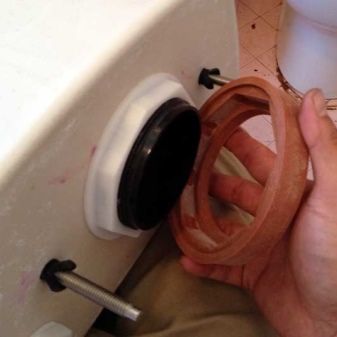
On the shelf
The seal between the cistern and the bowl can be located on the toilet shelf. This mount is the most common due to its compactness. But in this case, there are certain disadvantages, expressed in the low head of the flushing fluid.
In order to change the gasket, first of all, it is necessary to turn off the water supply and disconnect the hose. The cistern must be emptied with a valve and detached from the base by unscrewing the through screws. In this case, it must be borne in mind that porcelain is a fragile material and can crack.
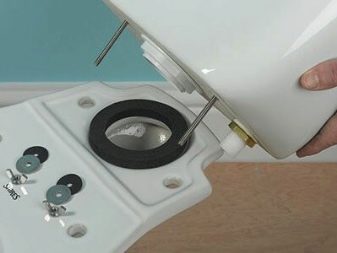

The next step requires removing the old seal and replacing it with a new one. To increase the level of sealing, it is recommended to apply a layer of silicone to the base, which will help to fix the gasket and prevent it from shifting during the installation of the tank.
In some kits, depending on the toilet model, there may be another additional gasket, the function of which is not to seal, but to cushion and soften the contact of two porcelain elements. You should be aware that there are models that represent a one-piece construction of the tank and bowl, which do not require replacing the gaskets.
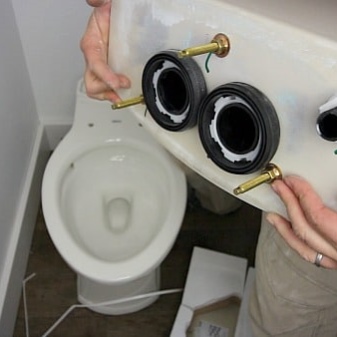
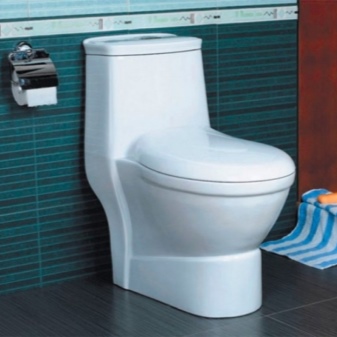
Detachable
This design has an advantage, which is manifested in the intensity of the discharge fluid pressure. In this case, the drain pipe is fixed to the toilet and sealed in various ways, which depend on the shape of the neck of the bowl. In most cases, it has an extension that is used to securely connect with the ferrule. Behind this extension, a pre-treated silicone sealant must be installed.
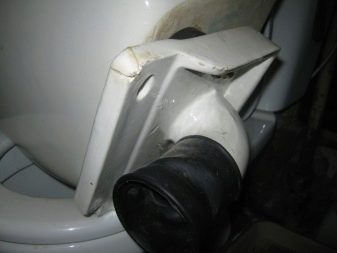

Another seal option is the transitional petal cuffs. They are rubber products, the outer side of which is slightly larger than the diameter of the neck of the bowl, and the inner part corresponds to the diameter of the flush pipe section. During fixation, all elements are lubricated with a sealant. Such a cuff is installed inside the neck of the bowl, while it does not require an additional sealing gasket.
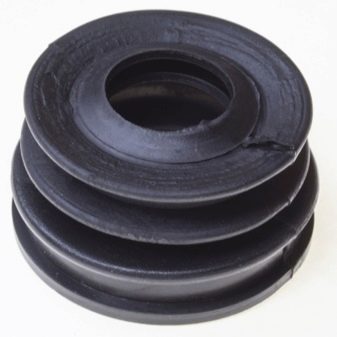
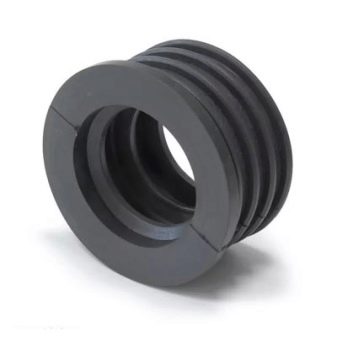
Eliminating leaks is a simple process, it is quite possible to replace the gasket on your own, the main thing is not to be mistaken with the diameter of the product when choosing seals.
Screed features
It would seem that it could be easier to tighten the parts when all the manipulations with the gaskets are behind. However, the procedure for fastening toilet parts has certain features.
The tightening of nuts on the thread of the bolt rods must be carried out evenlyacting alternately with bolted connections. The force of pressure should be moderate, the intensity of the tightening correctly calculated. Do not overtighten the connections, it is enough to stop at the stage when the gasket is visually and by touch tightened to the desired level.
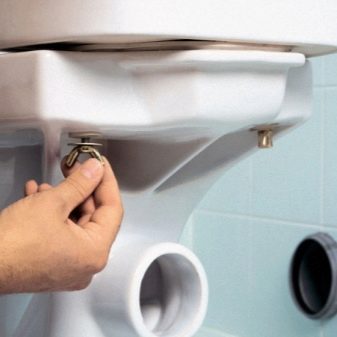

It is especially not recommended to overtighten in places where polypropylene screws are used. Experts recommend replacing plastic fasteners with metal ones: this way you can achieve the reliability guaranteed by the manufacturer.
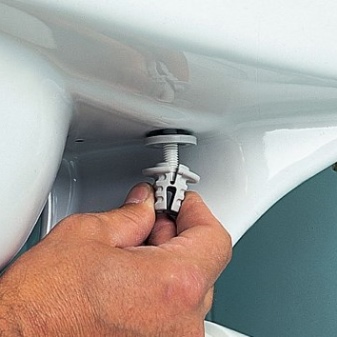
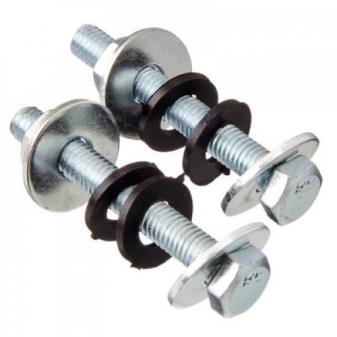
Prophylaxis
It is customary to install polymer studs on modern plumbing kits. In terms of fastening, they, of course, are inferior to metal ones, but they also have their own advantages. The main advantage is the resistance of the material to corrosion, because metal bolts are guaranteed to rust over time, and the reservoir leaks because of this.
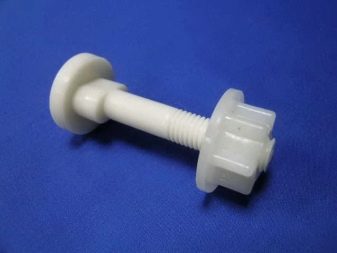
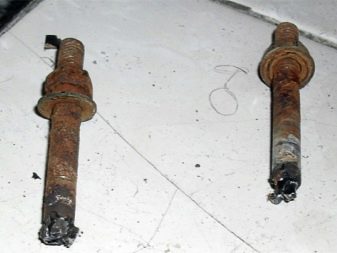
When replacing the gasket, there are times when it is simply impossible to unscrew the rusted bolts. In this situation, it is not recommended to apply force, it is better to use a special liquid or resort to the use of kerosene. To increase the service life of fasteners, it is better to replace them with stainless ones, for example, brass.
Preventive measures also include regular inspection of the toilet bowl and all its fixing elements. If you notice malfunctions and wear of parts in time, you can avoid a number of unpleasant moments, such as leaks.

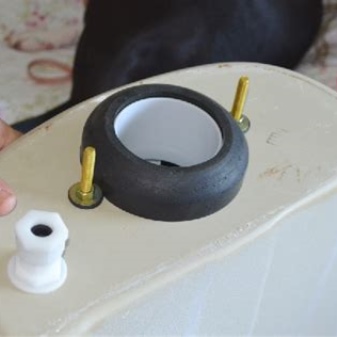
For information on how to fix a leak in the toilet, see the next video.













The comment was sent successfully.